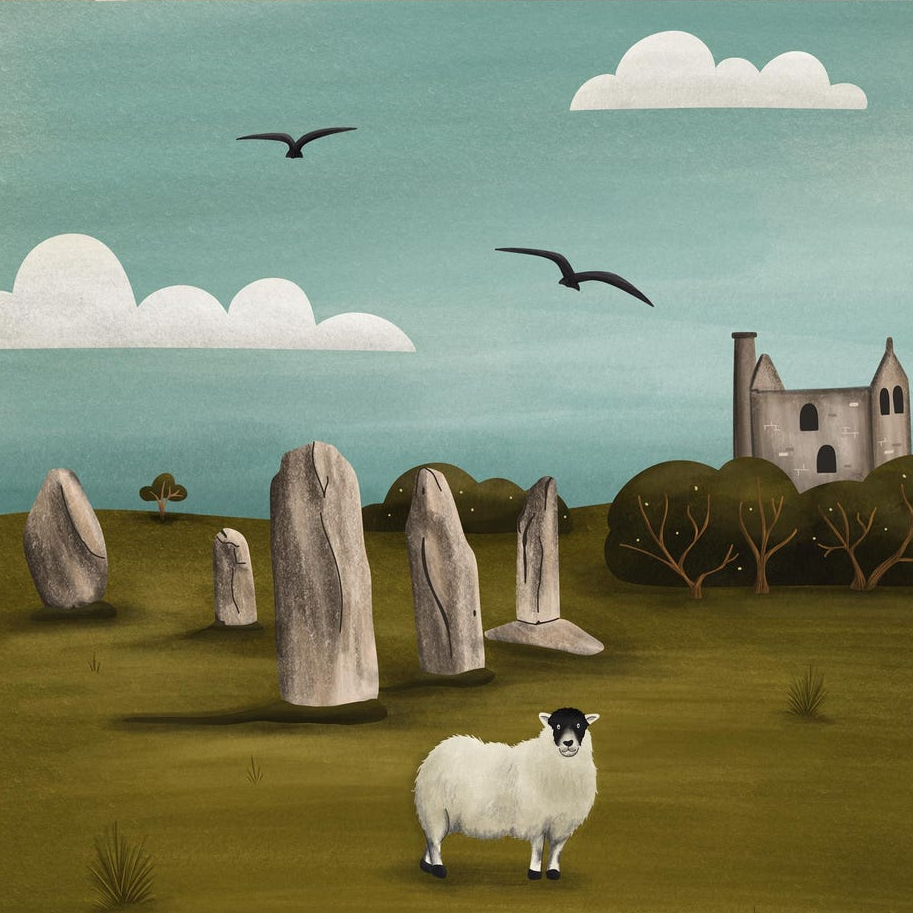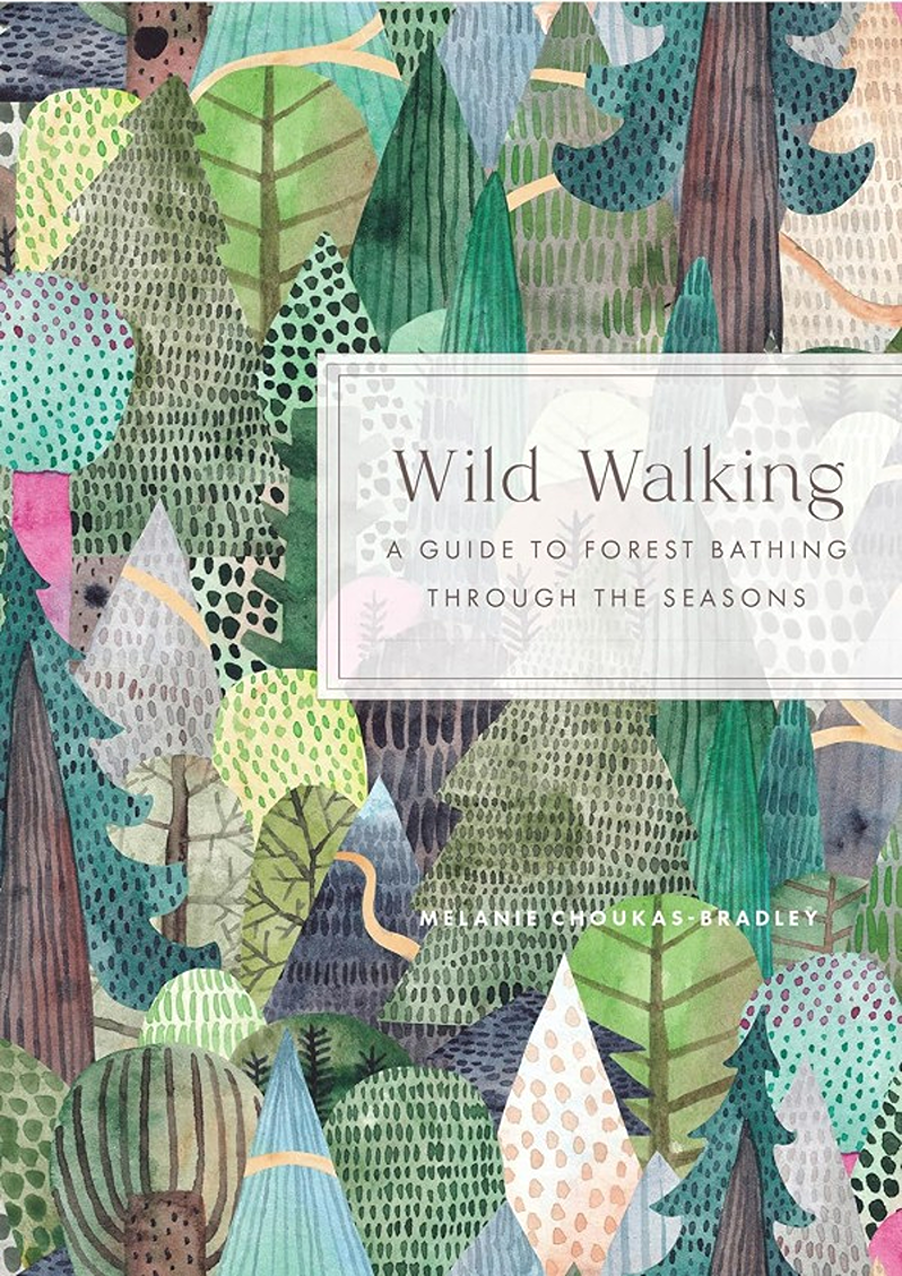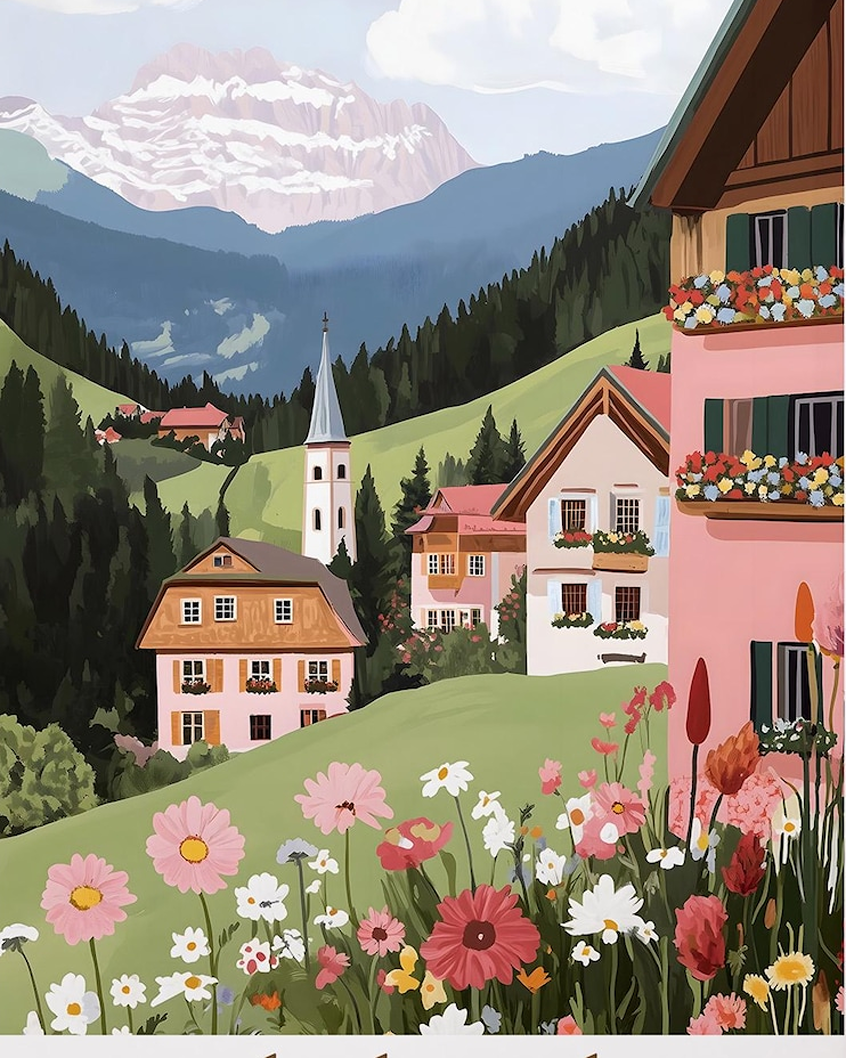Good Reasons to Save The World’s Rainforests
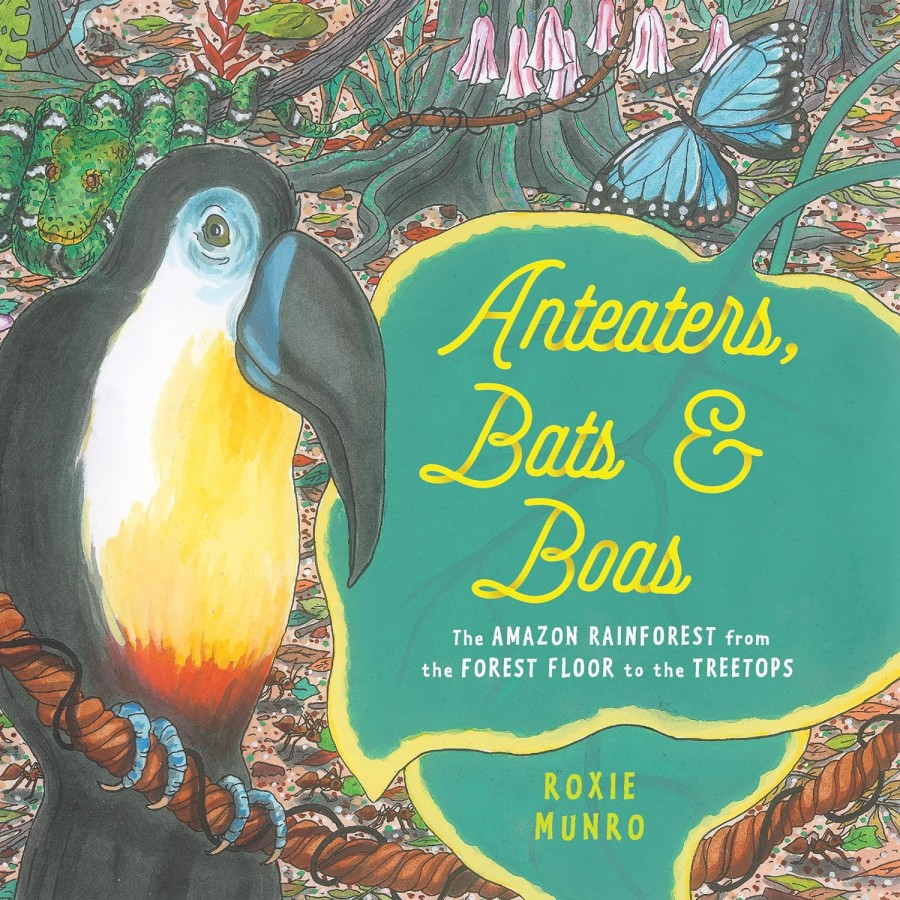
We all know that the Amazon rainforest is important, but there are also other rainforests in Indonesia, the Arctic (a temperate rainforest) and also England and Ireland have rainforests too. More on them below.
The Amazon rainforest is mostly in Brazil, but also spreads across other countries: Bolivia, Peru, Ecuador, Colombia, Guyana, Suriname and Venezuela).
This forest is the ‘lungs of the planet’ (due to giving out so much oxygen from trees), and is home to a third of the world’s species, and tens of thousands of species of plants and trees.
It’s also home to many native tribes, who have never met humans. So going into their territory could harm them (they could die from a common cold, due to no immunity).
Anteaters, Bats and Boas takes young readers on a journey through this noisy and colourful ecosystem. Meet macaws, snakes, monkeys, sloths and anteaters, and learn about the four layers of the Amazon rainforest, from the forest floor the canopy.
Fighting Climate Change
Rainforests store a massive amount of carbon in their trees and soil. Cutting them down releases this carbon into the air. This pushes up greenhouse gases and makes global warming worse. Keeping rainforests standing is one of the best ways to hold back climate change.
Home to Endangered Species
Rainforests house more than half of the world’s plant and animal species. Some, like jaguars in South America or orangutans in Borneo, cannot survive elsewhere. Destroying these forests puts thousands of rare animals and plants at risk. Losing them forever means throwing away irreplaceable sources of food, medicine, and knowledge.
Protecting Unique Birds and Flowers
Rainforests are alive with birds like macaws, toucans, and parrots, some found nowhere else. The variety of flowers is endless, each playing a part in the forest’s web of life. Destroying these habitats means losing colours and sounds that can never come back.
Shelter for Native Tribes
Countless people have lived in rainforests for thousands of years. Native tribes depend on the forest for food, medicine, and culture. When forests fall, so do entire ways of life. In Brazil and Peru, slash and burn farming and cattle ranching push people out of their homelands.
A World of Reptiles and Amphibians
Frogs, snakes, lizards, and other reptiles fill rainforest streams and canopy. Many of those species haven’t even been named yet. Their survival depends on damp, stable environments that only forests provide. Deforestation drives them to extinction before we even get to know them.
Medicine from Rainforest Plants
Over a quarter of medicines come from rainforest plants, including treatments for cancer, malaria, and infections. Scientists still discover new cures in these forests. Cutting down rainforests shuts the door on future discoveries that could save countless lives.
Water and Weather Protection
Rainforests help keep rivers flowing and weather cycles stable over huge areas. Areas far away, even British farmland, get steady rain because rainforests release moisture. Losing them leads to longer droughts, deadly flooding, and unstable growing seasons.
Wildlife Corridors for Survival
Rainforests act as safe highways for elephants, jaguars, and big flocks of birds. When these corridors break, animals get trapped in shrinking patches and die out even faster. Linking up these wild spaces keeps species alive and helps keep disease in check.
Saving Rainforests at Home
England and Ireland both hide rare temperate rainforests along their weather-beaten coasts. These forests store carbon, soak up rain, and shelter rare mosses, lichens, and birds. Keeping them safe helps fight both local floods and global climate change.
Stopping Destructive Farming
Much of the destruction in Brazil, Peru, and other countries is driven by demand for rainforest beef and soy. Supporting rainforests means choosing food and products that don’t drive forests to the ground. When we protect rainforests, we support farmers who look after, not clear, these valuable lands.

It’s estimated that the Amazon rainforest produces around a fifth of the world’s oxygen. Yet a fifth has already been lost to logging (for timber), rubber (for car tyres) and food (trees cut down for both cattle grazing and soy production – most used for animal feed).
Obviously anything made from wood comes from trees, and a lot of wood is from abroad. So protect habitats for all species, try to choose recycled or reclaimed where possible (or tree-free). Read our posts on eco-friendly:

If you eat it, buy sustainable soy (Tofoo and Oomph are good brands that don’t affect rainforests.
Who is Buying Beef from Brazil?

Around 80% of Amazon forest has been destroyed to create pasture land for cattle used to sell as beef (the main marks are China and the US – in 2021, major fast food chains bought most of it for western consumers). The UK and Ireland also buys Brazilian beef (usually as corned beef).
If you eat beef, choose organic free-range from local farmers.
Deforestation Concerns in Peru’s Rainforests
Peru is the third largest country in South America, home to the ancient Inca culture (ancient Inca culture (Machu Picchu is an ancient citadel in the Andes mountains). And also home to most of the world’s alpacas (many people live on floating islands made from grass).
Why are Peru’s mountains coloured like rainbows? It’s simple minerology that creates a marble effect with weather, environment and sedimentary deposits.
Like in England, potatoes rule Peru! Everything’s about the humble spud, it’s the most popular dish by far. With over 4000 varieties growing in the highlands, even in yellow and pink versions, and there is a National Potato Day!
Of great concern is a recent law that has forgiven all illegal logging, which some think will give a green light to both the logging and cocaine industries.
Recently two park rangers have been killed, echoing that of fellow environmentalist Paulo Paulino Guajajara, who was shot in the head in Brazil, for defending his rainforest home from loggers.
Just before he died (he had been threatened several times), Paulo wrote:
We are protecting our land and the life on it: the animals, the birds. These people think they can come into her our home, and help themselves to our forest. No, we won’t allow it. We don’t break into their houses and rob them, do we?
Rediscover The Lost Rainforests of Britain
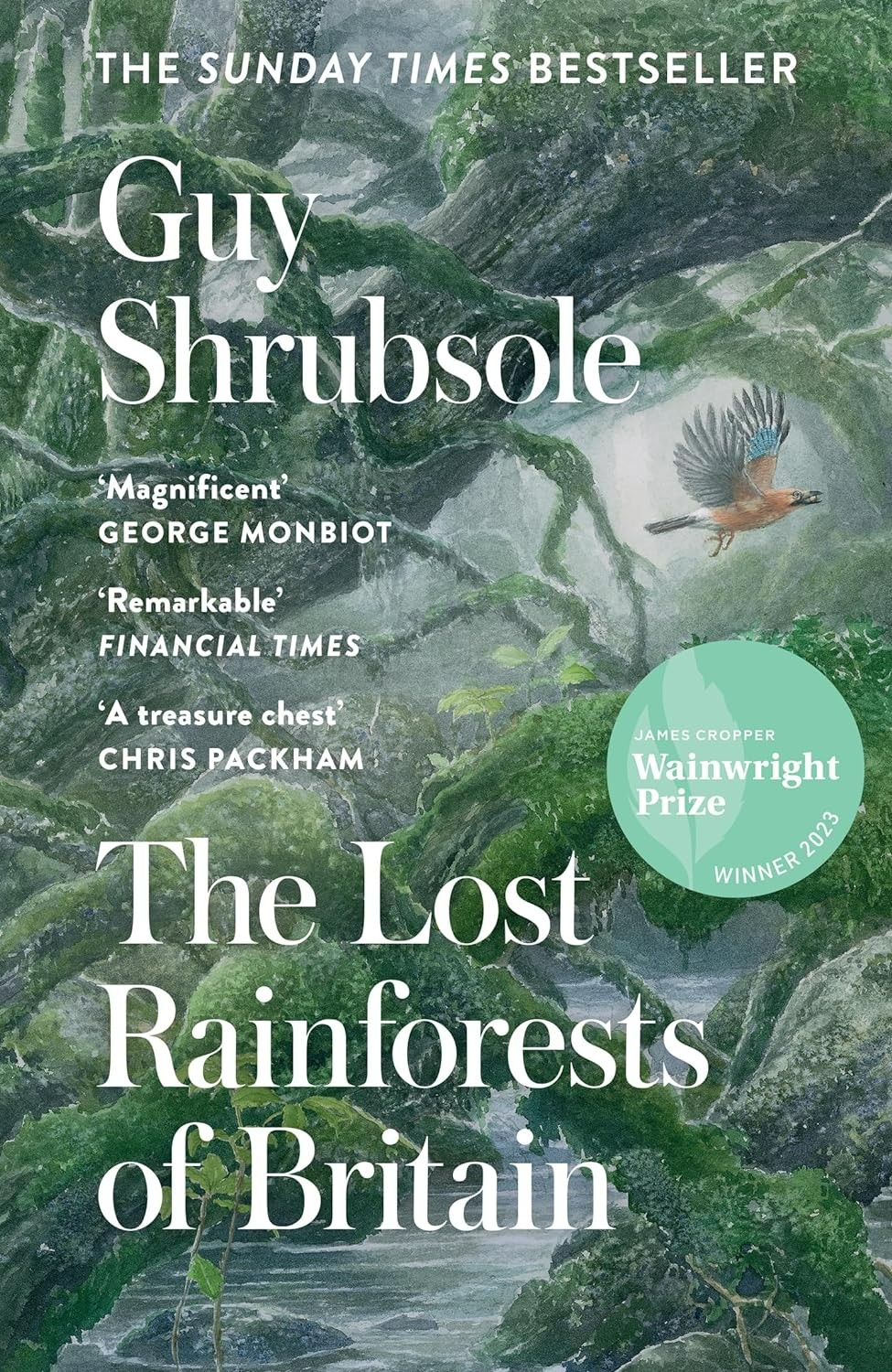
The Lost Rainforests of Britain is an award-winning book about the temperate rainforest that may once have covered a fifth of our land. Environmental writer Guy Shrubsole travels through the Western Highlands and the Lake District, down to the rainforests of Wales, Devon and Cornwall to map these spectacular lost worlds for the first time.
England does has many temperate rainforests (wet and mild which create canopies for woodland birds), which are as endangered as the Amazon rainforest. They are found in Devon, Cornwall and Cumbria.
Jay birds love acorns, so bury them in temperate rainforests. But they often forget where they put them, so they grow into new oak trees!
An Inspiring Personal Journey of Rewilding
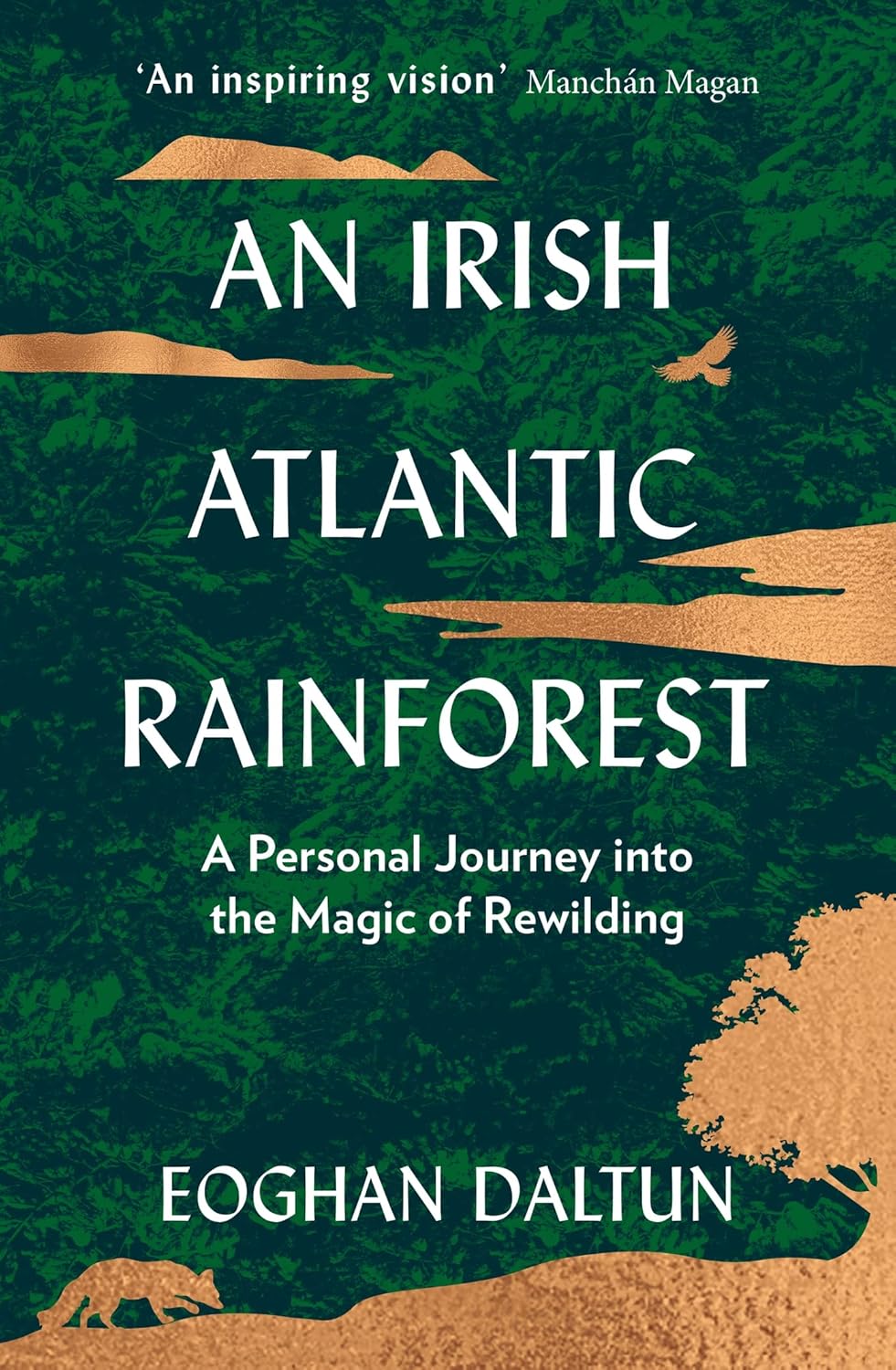
An Irish Atlantic Rainforest is another award-winning book, by a man who rewilded a 73-acre farm he bought, on the Beara peninsula.
This is a story more of doing nothing than taking action – allowing natural ecosystems to return and thrive without interference, an in doing so, heal an ailing planet.

